For the past nearly 3 years, I’ve been in charge of Audience Development for one of the largest media companies in the US.
I learned a LOT during that time. Even more important, I learned a lot about what NOT to do.
Not all of these things were personal ‘mistakes’ per se. Some were top down decisions that were influenced by lack of foresight, knowledge or budget. Others were due to an industry that is undergoing rapid change.
As John Powell said, “The only real mistake is the one from which we learn nothing.”
To that end, here are the top 4 mistakes I learned during my tenure. I hope sharing these and their learnings will spark some good discussion – either internally or in the comments below.
1. Not Investing in Building User Data
This one definitely took me by surprise.
When I arrived, I had big plans to leverage CRM data to build remarketing pools, lookalike audiences, email campaigns, etc.
But there was no CRM database.
One thing not often considered about media companies is the fact the consumer data is controlled by the cable provider. The cable company collects the payment and therefore have all the associated consumer data:
- Name
- Address
- Phone
- Credit Card Info
- Purchase history
- Login Username/Password
- Etc.
In it’s simplest form, the media company simply provides the content the cable provider sells to the consumer. For the longest period of time, the value of collecting this data had been overlooked.
Plan of Action:
To access ‘free’ content within an app from the likes of NBC, CBS, Fox and others, you must go through an authentication process. This is done using the same credentials you would login to pay your cable bill.
In one of these apps, you’ve likely come across a login page that looks like this:
This poses two challenges:
- Many consumers don’t know or remember this login. As a result, a lot of potential video consumption is lost.
- As mentioned above, this is an interstitial page that drives to the cable provider as they own the username and password information.
In collaboration with the product team, a strategy was developed to implement a ‘free trial’ in exchange for the user’s email address. This would allow the user to forego the authentication requirement.
This was the minimal piece of information required for us to begin building a CRM and the beginning of a customer match marketing program across Google, Facebook and Twitter.
It also provided us with the initial piece of consumer data that we could subsequently build on with supplemental offers in exchange for profile completion.
The overarching lesson here is – invest in CRM. Even if you have to start with just a database of email addresses. Start somewhere.
2. Not Understanding the Nuances of Mobile Tracking
As you might imagine, much of our marketing strategy and budget focused on the mobile space. Interestingly enough, this is also a space where ad-blockers are not working.
That said, with mobile advertising comes tracking nuances that I was initially unaware of.
When I joined the team, we were full-steam into launching the first ever marketing campaign. In our haste to launch, we did not take the time to fully understand the impact of not solidifying our mobile tracking solution.
Our primary mobile advertising consisted of:
Desktop & Mobile Banner and Social Ads:
The standard process for attribution is based on the use of cookies.
When a user visits a website via their desktop or mobile device, your banner displays and a cookie is dropped on the visitor’s computers – regardless of whether or not they click through to your website.
Depending on the ad-server being used, this cookie can remain active for up to 2 years.
Eventually, if the user performs the desired action, that same cookie fires sending the proper attribution for your campaign. All is well in the world.
Apple’s Safari browser blocks 3rd party cookies by default which makes this ‘standard’ tracking more complicated. Among other things, this means your app cannot read the cookie data stored by Mobile Safari.
This presents a challenge to advertisers as Safari’s market share is around 33% globally.
In-App Advertising (sending users to our brand websites):
I’m sure you’ve noticed when you open a link in an app, it doesn’t open a new browser window. Rather, it opens an “in-app browser”.
This makes perfect sense for UX as it allows you to quickly return to the app.
The issue lies in the cookie drop on your phone. This naturally occurs with the click, however, it only drops a cookie for the in-app browser session. Unless the conversion happens immediately within that session, the attribution is lost.
In-App Advertising (sending users to our apps):
Quite simply, cookies are not used ‘in-app’. This left us with zero attribution or cross-device tracking.
The lack of attention to these details was quickly evident. At the end of the campaign, we were left pointing to engagement metrics like impressions, CTR and social shares as a measure of success.
Not at all what a consumer acquisition campaign should be reporting.
Plan of Action:
The quickest change to a leaky attribution bucket that we could make was to tackle the Safari issue. We simply updated our social and display targeting to remove Safari browsers.
While Google struggles with mobile and socially-driven demographic/interest targeting, Facebook provides the ability to target (or exclude) users by Web browser.
While not foolproof, for the likes of Twitter and Google, we targeted only older operating systems in an effort to capture users who were still using legacy browsers.
Considering our audience was US based, we estimated that we would only be missing out on approximately 15-18% of the overall market.
The other two challenges were a bit more complicated and required a mobile attribution solution that established the match between the user’s advertising ID and the publisher.
While there are many companies available for this, after evaluation, we landed on Kochava as our solution provider.
Pro tip: if you’re on a budget, Branch.io is a completely free solution that provides many of the same features.
3. Focusing on Sexy vs. Efficient
The programmatic display and mobile space is filled with shiny new tools, ad placements, and even ad units.
Combine that with the traditional types of advertising done by media companies (think big billboards, bus sides, etc) and these quickly become distractions from tactics that are proven to work.
I think it’s fair to say we spread our tactics far too wide in the early years in hopes of capitalizing on that sexy new ad-unit or the hot new ad targeting. This was, unfortunately, at the expense of tried and true tactics like traditional paid search.
A smarter approach would have been to test into these tactics rather than build a comprehensive media plan that included them.
Plan of Action:
I’m a huge fan of Steve Jobs. And Apple in general. One of my favorite quotes from him is:
“Deciding what not to do is as important as deciding what to do.”
With more data and proper attribution in place, we were more empowered to direct the media plans across the brands.
We focused on tried and true channels that significantly outperformed the “shiny objects” that had resulted in wasted spend and higher costs for creative development.
This paid off in a big way:
- Total impressions declined significantly, however, clicks increased just as dramatically
- Average click costs also declined
- Cost per app install decreased nearly 200%
- Cost per video start decreased 230%
Sometimes the ‘simple’ things just work better.
Ultimately, after seeing the data, I took away a few lessons that can be applied to almost any campaign:
Programmatic display isn’t the end all, be all. It’s an industry buzzword. I could even say ‘buzztactic’. It’s rife with click fraud and vendors with non-transparent ‘private networks’. It’s susceptible to ad blockers and comes with many privacy issues.
Don’t get me wrong. It can work.
But, test into programmatic options ONLY after you’ve exhausted the below tactics.
Focus on channels where a consumer is actively searching for you. They’re already self-qualified based on their actions. The most applicable here is paid search across Bing or Google.
Remarket your way to lower cost per acquisitions. You’ve already paid the premium CPC or CPM to get that user to your website. Typically, remarketing campaigns come with much lower costs. Why not re-engage a warm lead for less?
#Hashtags are inherently social, but leave them out of social ad copy. Through our trimming of tactics, we also trimmed areas where consumers might be tempted to leave the topic at hand.
In this case, we removed any hashtag mentions in our ad copy so consumers would focus instead on the ‘install’. Our conversion rates improved as a result.
When pushing mobile installs, leverage a device in your creative. When you think about it, of course. It makes sense. But we proved it out via testing. Showing consumers an image of their device in the creative they’re being served improved conversion rates.
4. Not Leveraging an Always on Strategy
Consumers, myself included, are always on. Always plugged in. It’s a bad, addicting habit.
But, that also means running a campaign for a TV show only when that show is in-season leaves opportunity on the table.
There are a few challenges with being able to do this:
First, media companies are selling off the rights to their shows to the likes of Netflix and Hulu. In some cases, the ability to create a show is solely dependent on the revenue coming from these transactions.
This means an always on strategy will never be an option once the rights are sold.
Second, when we first launched our campaigns, we were spending large portions of our budget on fancy creative and higher cost CPMs trying to capture the next big thing.
This left us without budget pacing that would allow for an always on strategy.
Plan of Action:
We tackled the second issue as part of our streamlining of tactics. This enabled our budgets to stretch farther and for longer periods of time both pre-premier and post-finale.
The matter of rights was more complicated and is probably worth a completely separate post. That said, as a test, we decided to focus on a core set of shows where the rights had been retained for several years.
The hope was, if we could show a series with multiple seasons resulted in larger average views per user, we could start to build a case for investing in the rights for the more popular shows.
It worked.
We found not only were the average views per user up, but these campaigns were far outperforming pilot shows and series with limited rights.
This resulted in overall efficiencies for the campaign.
Wrapping Up
There’s no question the digital space can provide lots of opportunity for growth and learning. I have certainly learned a ton.
Hopefully sharing some of these insights will help you better streamline your digital marketing efforts, focus on what works, get your tracking in order and ultimately drive increased performance.
About the Author: Jon Clark is the founder of Fuze SEO, a boutique digital marketing company in New York. He writes regularly on SEO tactics, analytics and social media best practices. You can connect with him on LinkedIn or Twitter. When not working or writing, Jon enjoys documenting his travels on Instagram.
source https://blog.kissmetrics.com/4-mistakes-i-learned-about-marketing/
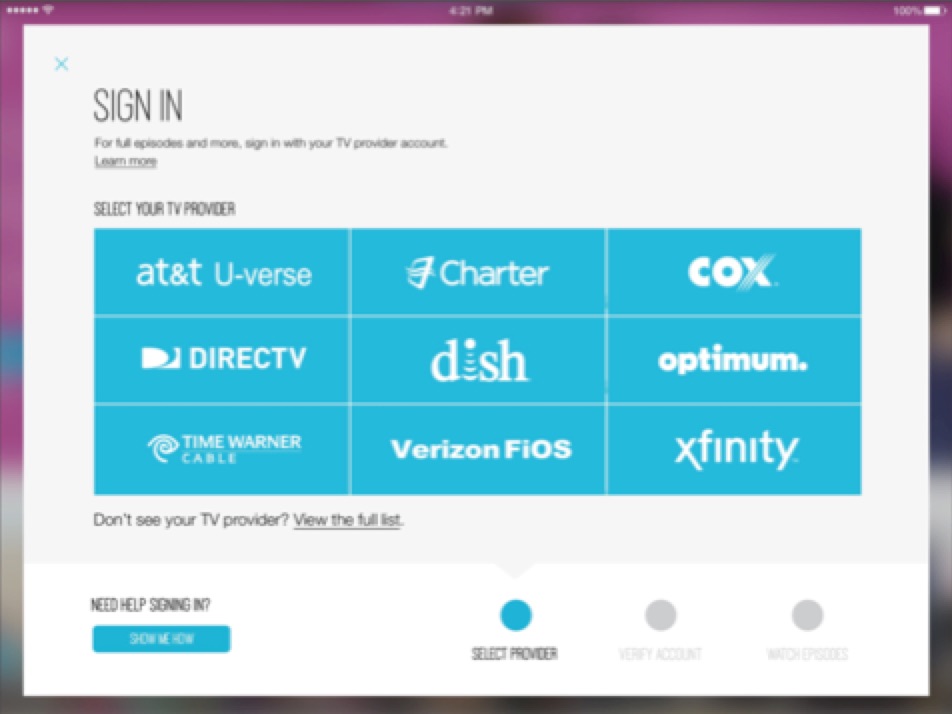
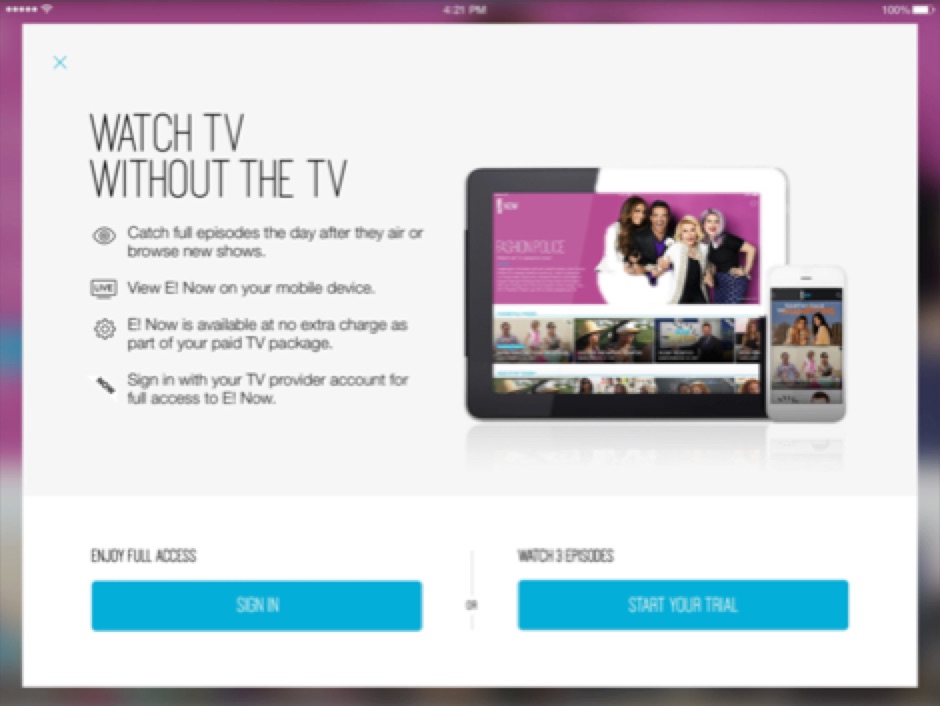
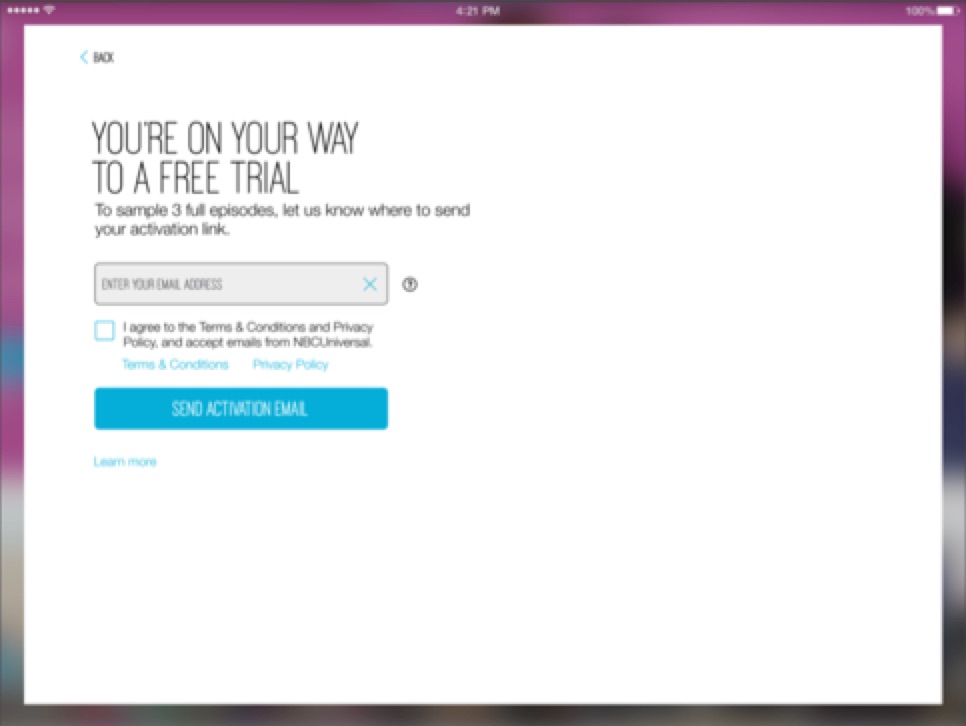
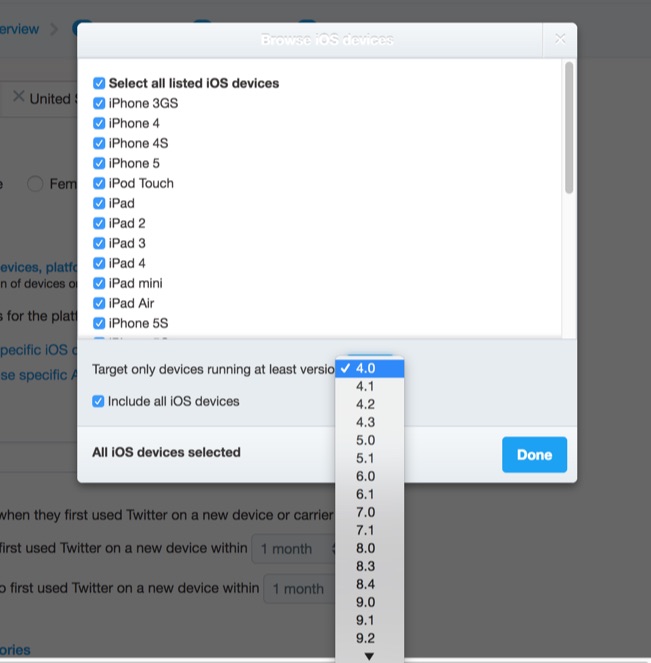

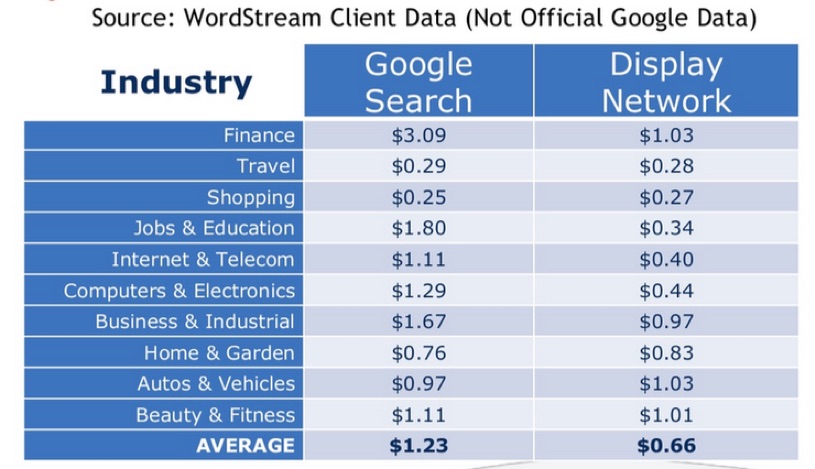
No comments:
Post a Comment